|
0 Comments
Painting & poem by Oklahoma Council of Teachers of English member Michael Angelotti. Contact: [email protected] I see in her closed eyes, a poet,
a concrete garden statue of a young woman, cast with love, beauty in her streams, her flows of grayness, sweetness in her look, her pose, configured as though in meditation, in composing a poem of life, searching what she sees inside herself all that is outside. She sees rhythms of black and white within and without and ponders the colors of sympathy, love and understanding. She contemplates the fossilized vertebra upon which she sits, perhaps a brontosaurus once reaching its long, graceful neck and delicate face to the stream beneath, soft tongue lapping in and out of mossy shadows swirling smooth eddies whispering light and dark beckoning fresh images to her canvas flowing colors to find a place in the natural world for the women and men, so many women and men she sees gray no names trudging the path singing like walking statues music boxes inside just going just going just going everyone she sees trudges and sings. She sees in their eyes, the marchers, some of them, who clutch tightly honesty, love of self, of race, of humanity, a wanting for recognition as human beings, a fierceness, a wanting of change of change of change inside themselves, a wanting for love, fairness, respect, dignity, a need for wholeness, for life without a rot of fear so deep within that it is there in sleep, in walking, in art, in love, in dreams, in going to the store for a bag of peanuts, in eating a hamburger. In others she sees searching, looking into the eyes of their brothers and sisters, mothers and fathers, for a relief of feeling lost, buffaloes in the middle of the herd, running to run, from the wolves, survival overpowering everything else, not being trampled in the thunder, not being sure where they are going, wanting to know, wanting to hope, feeling the warmth of companions, wanting to survive, wanting not to go on in the same way, wanting a clear, sharp, defined life, willing to die for it all. Still others, just there, to be counted, maybe reaching to feel it, needing to feel it, thinking of something else, waiting for it to end. In each one, passion for all, in each one, a need for control. She sees in the eyes of “The Thinker” what Rodin intended, then what Dante intended, then, in “The Circles of Hell,” and what she sees now, the folly of intention, the truth of human minds who see inside the eyes of art, mingling with its creative artist, releasing their souls into the souls of brush, chisel, and word, feeling for a taste of truth. She sees in me herself, and I into her, a poet, a painter, in my eyes a searcher for truth, so elusive, so undefined, so clear when it is absent.  Many times in my life, I’ve had a warrior’s cry in my chest that echoes back to the young people I call my kids. My kids, those fragile beings in a wild and wicked world, are not from my body. They were born from a womb that I’ve never had the courage to mimic, but I know them as my kids nevertheless. We sit in a walled-in nest of concrete blocks that are tucked with feathered care, like an empty nester trying to fill the holes and crevices of the hearts I can’t ever own. We read, we listen, and we hurt together when the howling winds of society slam against our door. In the heart of every teacher is a core built from puzzle pieces. It starts small, but with every year, grows in city blocks, reaching out, expanding from the heart to encompass each smiling face of every living soul we’ve called our own. But sometimes, those pieces explode and send out shockwaves that rock the very center of our identity. Every time I watch the news, I think, that could have been them. That could have been her. That could have been him. My mind creates the slide show. Two teens are dead after a 16-year-old gunman shot 5 classmates and himself in 16 seconds, cops say. Plip. New frame. Smiling face on a puzzle piece of my heart. “If it comes down to it, you hide in the closets. We will barricade the doors beforehand and I will stay outside of the closets as a distraction. You must utilize the resources in front of you. Use textbooks as shields inside of the closet door. Don’t come out, no matter what you hear. You stay there until someone can unlock the doors. And remember, you can’t make a sound. You have to be quiet. Please…” The El Paso shooter told police that he was targeting Mexicans. Plip. New frame. Smiling face on another puzzle piece of my heart. “For my project, I wrote about stereotypes. I’m proud to be Mexican… I’ve heard the ‘Build The Wall’ comments in the hallway and students being hateful … I am a Mexican-American, but I am not an alien. I am a Mexican-American, but I am not a wetback. I am a Mexican-American, but I am not illegal. I am a Mexican-American, and I am not lazy or looking to mooch off the system. My father works hard and my mother works hard. And you know what? I’d venture to say they’ve had to work twice as hard as some of your parents because of the assumptions people make about them. “ Woman escapes after man uses Tinder to lure her into being kidnapped, sexually assaulted. Plip. New frame. Another face, taking up residence on a puzzle piece. “I remember you telling me that first day about what happened to you when you were younger… And I need your help. There was this party I went to…and I thought they were my friends. But things got out of hand. I don’t know what to do and I don’t know how to feel. It is all my fault…I see two of them in my classes, and my head is all fuzzy and I can’t stop running through what happened and what they did to me. I just need your help… ” Two Black transgender women were killed last week. Thousands showed up to protest. Plip. New frame. Smiling face on yet another puzzle piece. “I wanted to talk to you before the conferences tomorrow with my parents. Please don’t call me by my chosen name and pronouns. It hurts me to ask you that because you’ve always been one of the few people who never slips up with my dead name and who cared enough to get it right the first time…But you have to understand. They can’t know who I am at school. They think it is a phase. They think I’m just confused. They won’t let me do anything about it…So I need you to let them believe that I’m just normal. And yes, I know I am normal… We both get that. But they don’t. And they won’t. “ "Say their names": The list of people of color injured or killed in officer-involved incidents is still growing. Plip. New frame. Smiling faces scattered across the puzzle of my heart. “So what happened? Why did the two of you get sent to the office and why are there such terrible comments on this substitute’s note?” “Nagel, you should have been there. This guy told D-man that he might as well give up on his dream of going to college because he was too dumb to get accepted! We couldn’t just let him talk to our boy like that.” “Yeah, and then he wouldn’t let Jarmaine go to the bathroom because he said he didn’t trust him not to go sell drugs! You know how effed up that is? We’ve had this guy before and nothing ever happens to him even though he says stuff like that all the time.” “What was his name? He won’t step foot in this room again, and we’ll see what we can do about making sure he doesn’t step foot in this school again.” *** Their faces flash past my mind’s eye and I think they could have been mine. And although they’ve rarely been mine, they’ve always been someone’s baby. Someone’s kid. Someone’s student. After a while, the fear congeals into a sick mess of hurt and agitation. It starts to transform into a wasp-sting of anger and bitterness. Eventually, it evolves into rage. When that rage bubbles up, let it. Harness it with a lasso braided and knotted with passion, and use it to chase justice. I’ve written and yelled and screamed in agony about the faces that flash by whether they are or aren’t mine. Because they’re someone’s and that is enough to justify the fire that is lit below my skin. So keep on writing to your local, state, and national leaders. Keep on reading stories that represent who our students are. Keep on flipping the script on the status quo and the literary canon. Keep on marching the streets, using your teacher voices to chant for the lives and futures of our youth. Keep on hugging and wiping the tears for those who need you. Keep the fire on high and don’t let it sputter…because the headlines keep coming, and they won’t stop until we make them. Teachers, I see you. I hear you. I love you. I support you. Keep fighting for the puzzle pieces in your heart, and don’t stop until our kids can breathe in a future free from headlines with smiling faces that just can’t smile anymore. Danielle Nagel-O'Rourke teaches at Moore High School and also currently serves as one of our OKCTE Geraldine Burns Award Coordinators. 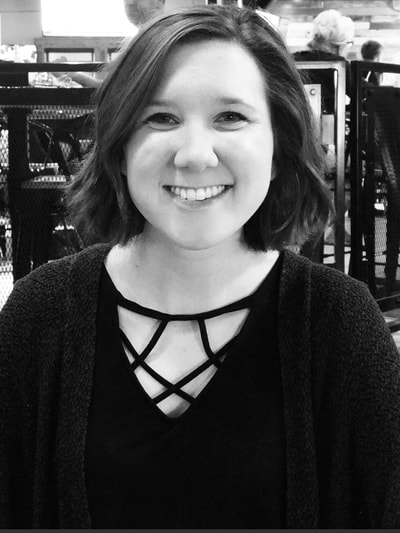 I got dressed today. I had an incredible desire to feel like nothing’s changed. Like - if I got dressed, I could go to school. Grab a coffee. Talk to my friends. Start the day and see my favorite teenagers. Talk to all of them - laugh and make jokes. Talk about all the things we’re doing to keep ourselves sane. I would tell them how proud I am of them and the ways they’ve carried themselves this year and how the love they’ve given hasn’t gone unnoticed. I got dressed today. I thought I could magically see them in person and not through a screen. I wanted to feel close to them. To feel like everything would be as it has been. To feel encouraged. To feel normal. To see for myself that they’re taking care of themselves and not saying only what they think I want to hear. To tell them an overly embellished story just so I can hear their laughter. I got dressed today because I know this isn’t normal, but I’m starting to feel like it is. Maybe if I get dressed and make my own coffee and sit down at my makeshift desk, then everything will feel better. The truth is, I’ve been unintentionally hiding how much I miss my students. I’ve suppressed the feeling so far down that it’s now bubbling just underneath the surface and I feel as if I may burst. Some days - days like today - I’m broken and just want to make sure my students are okay. Because, the truth is: I’m not. And that’s okay. I got dressed today and had to go to the building. I stood in my classroom. Coffee in hand. Mask on my face. The walls are the same. ACT tests sit askew in desk baskets - carelessly tossed and abandoned, ready to be picked up to be used, but ultimately forgotten. I started taking my books off my shelves to bring home so they don’t warp in the humidity. I pulled a book off the shelf and remembered a student telling me she wanted to read a “good” story but didn’t know what that was. It took us until December to find her a book she could actually finish and she was so happy she finally finished a book and actually liked reading. I had many genuine conversations with students about books and what words actually mean when they impact our lives. We talked about pain. About death. Love. Relationships. The anticipation of Summer and little responsibilities. Now, I’m dressed. Sitting at my desk. Staring at 35 empty desks. And it’s time to say goodbye. So. Here it is. A message to my students: I’m proud to call you mine. I have felt like the luckiest teacher this year - the bad days included. I’ve seen you show love. I’ve seen you come out of the darkness. I’ve seen you grow. I’ve seen you continue breathing and moving, even when you didn't want to. You are funny and strong and resilient. I’m a better teacher - and person - for knowing you. Thank you for your moments of vulnerability and for trusting me to lead you. I can’t wait to see you again in person. Tessie Curran currently teaches at Moore High School and serves as a sectional officer in charge of new teachers for OKCTE. Stories are vital to the English Language Arts curriculum. They are more than just words on a page. Each letter, each syllable, and each line encompass life lessons that the characters transfer from the page to the reader. Students need to read and learn about The Tragedy of Romeo & Juliet to understand how a play so old can still transcend time and remain relevant today. Students need to read and learn about The Odyssey, so they can understand how a common man can overcome insurmountable odds: the same odds I see my students face every day in my classroom, the same odds I know they will face once they leave my classroom, and the same odds I know they can overcome due to what I give them in my classroom. Sometimes, the best stories are not the ones we read, but they are the ones we create.
The first essay we do in my English class is the narrative essay. This is usually the first time my students have ever seen an essay. I give my students a model of the essay I want them to write: a four paragraph essay about my struggles and my accomplishments. We dissect each sentence of the essay and identify what each sentence does. When finished, I give my students an outline to guide them and their writing. They type up their essays of their struggles and accomplishments and email them to me when they are finished. Teaching is not a job. Teaching is a profession. As a teacher, I am expected to be a professional with my students at all times. The line gets blurred whenever I teach, for I have found that teaching is so personal at times. Sharing my own essay about my own struggles and accomplishments is personal. It allows my students to see me, not the teacher, in a different light. When I read their narrative essays, it allows me to see them, not the students, in a better light. They see a teacher who is not always right, but they see a teacher who struggles and perseveres just like they do. I see students who may not always be as passionate about the English Language Arts as I am, but they are passionate about other things. They should be. The stories we create and share with one another allow us to be authentic with one another: these stories are the best ones. In a world where we get bombarded with images that may not always represent life accurately, teachers must be as authentic with their students as much as possible. Our classrooms may be the only place where students engage with authenticity. Creating stories and sharing them with one another allows us to be authentic. When we create our own stories with conviction, we not only teach, but we inspire. Our own stories help our students grow. Their own stories help us grow. Mr. Chong Lor has been an English teacher at Jones High School for the past two years. He also served as our OKCTE Young Writers Contest Coordinator this past year. Prior to teaching, he served in the U.S. Army for eight years. His hobbies include writing, creating music, reading, and playing guitar. He plans to continue teaching but overseas in the near future. by Jennie Hanna
Looking back on the past 5 days of work stoppage, which is was we have labeled the “Great Teacher Walkout of 2018,” where “no work” was supposed to be occurring, I find I am more tired than at the end of the first week of the new year. The past week spent at the Oklahoma State Capitol fighting for education funding, fighting for respect for this profession, and fighting for the future of the children in our classrooms has been one of the most fulfilling and draining experiences of my career.
As a high school American Literature teacher, every year I get 150 or more new Juniors to teach. We spend the year looking at great works from Arthur Miller, JD Salinger, Lorraine Hansberry and many others, yet my favorite lesson always comes in the spring. As we move into the Post-Modernism literary period, I frame the reading of President John F. Kennedy's 1961 Inaugural Speech and Dr. Martin Luther King Jr. 1963 “Letter from Birmingham Jail” around the idea of using voice and action to affect change. To culminate the reading of these two powerful pieces, I have my students select their own perceived injustice and use Dr. King's four steps of a non-violent protest – the “collection of the facts to determine whether injustices are alive, negotiation, self-purification, and direct action” – to develop their own solution for their chosen injustice. In fact, the last day I was in class with my students was spent watching them share their non-violent presentations. To say that I was proud of not only how seriously they took this assignment but what they were able to come up with as solutions to an injustice that plagues our world wouldn’t be enough to convey just how proud I am of them. Little did I know last August, while putting together my master calendar for the year, my favorite lesson would arrive in the middle of two important movements that would directly impact my students: the March for Our Lives, spurred by their very own generation in response to gun violence and school shootings, and the current teacher work stoppage, something my fellow colleagues and I were beginning to see more as an eventuality as we approached that April 1st deadline. Little did I know how much this lesson would help them realize Kennedy and King’s words and actions were never more relevant to them as they are today. Modeling is a strategy that I've implored in my classroom. My students know that I don't ask them to do something I'm not willing to do myself. Every essay, every speech, and every poem I ask them to write or memorize for our class, they know I will always do one alongside them. This teaching strategy, which I have always relied upon more than others, has perhaps led to this very moment where, as one of my students put it, I have been given an opportunity to not just talk about it or teach about it, but to be about it. This movement at the state capitol has been and continues to be just that – a chance to model for my students the very thing that I asked them to learn through my lesson: that voices banded together can inspire hope and can affect change. To say that standing amid a sea of educators in front of the state capitol last Monday was inspiring is an understatement. To express how much this one moment has defined me an educator and will impact the philosophy that I have about teaching from this day forward is not enough. However, one of the most inspiring things this week has been the daily increase in the number of youth to get involved. On Monday, the smattering of students sprinkled in amongst the adults outside of the capital was relatively small, but each day their number grows. I've even been lucky enough to take a few of my students up to the capital this week, including my very own son who will graduate and go to college next year. On Thursday, I came across a teenage girl holding a very simple sign walking with the crowd outside the capitol. Written on plain cardboard with a simple black marker was the phrase “I've had 5 science teachers in 6 months. The class is now taught by a history teacher. We have a problem.” While the crowds have been filled with some of the most creative signs that I have seen, this one speaks the loudest to me. There is a problem in our education system here in Oklahoma and while securing funding may not fix everything, it is a good place to start. Our students deserve better. They deserve better teachers, they deserve set better supplies, they deserve better buildings, they deserve a chance at a better future. The sooner our lawmakers can see funding education not through the lens of it being a burden or a bill they must pay, but as an investment in future Oklahomans, the easier I think it will be for them to do what's right. As for me, I know I will continue to be up there at that state capitol until this is solved or until my body simply gives out because my students are worth it. Seeing students of all ages up there with us has been the lifeblood that keeps me going and I know that my fellow educators feel the same way. It's one thing for us to say that this fight is about them but it's another thing for them to see it in themselves. by Summer Boismier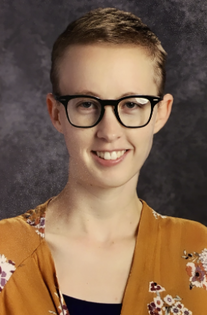 In my almost four years of teaching secondary English, I’ve learned that one of my most valuable tools as an educator is the meme folder I keep on my desktop. Nothing can divide or unite a classroom faster than a well (or not so well)-placed “Bad Luck Brian,” “Salt Bae,” or “Cash Me Outside.” Want to get that student who is totally “not” sleeping in the corner engaged in your lesson on the majesties of the indefinite pronoun? Use a meme, or better yet, ask that student to use a meme to quite literally illustrate what he knows. Memes (and emoji too, for that matter) are flexible formative assessment tools that can help students relate just about any concept to something they perceive as vitally relevant in their own lives, the Internet. Using memes in my classroom allows me as the teacher and meme master to differentiate and enlarge the expression of understanding for my various learners. I’ve employed memes in my teaching at multiple grade levels and for multiple concepts--everything from chapter summaries and main idea to theme and even logical fallacy. My students frequent meme generator tools online and often drag and drop their creations into a Google Doc; however, students can also search Google Images for already created memes or *gasp* draw their own if access to technology is an issue. Moreover, the Oklahoma Academic Standards forefront the multimodal literacies that memes encourage as well as the synthesis and choice that occur when a student applies a meme to an ELA concept or skill, such as a visual depiction of a text structure or passage analysis or characterization or just about anything a little teacher heart could desire. Ultimately, memes are, as the kids would say, a pretty dank way to elicit and express student learning. Plus, when that corner sleeper later shares a meme he voluntarily made for the rhetorical appeals you’ve been studying, you know you’ve made an impact. It may be an impact predicated on the existence of the “Mocking Spongebob” meme, but it’s an impact nonetheless.
Jennie Hanna is a teacher of English at MacArthur High School in Lawton, Oklahoma and a member of the OKCTE Executive Board. I’m not sure who told me this valuable piece of wisdom early in my career, but it has served as a central piece of my pedogeological framework. I used to see it only in terms of classroom management. If I permit students to turn in late work, I am promoting being unaccountable. If I permit students to sleep during instruction, I am promoting that participation is not vital. While these are important, I need to remember the hidden messages I send when I make decisions of what will and will not happen in my classroom.
Educational theorists like Henry Giroux and Ruby Panye have outlined hidden curriculum and rules that are inherent in education. As a teacher, I am given a tremendous power to promote what I feel is important for the next generation to learn. If schools are to serve as a place where socialization and experiential education can take place, I need to use that power to ensure diversity and inclusion flow naturally within our learning. Below are some of the things that I work hard to permit within the classroom.
|
Archives
April 2023
Categories |
Oklahoma Council of Teachers of English
- Home
- About
- Membership
- Professional Learning
- Writing Contest
- Publications
-
Resources
- teachOK
- Online Unit Plans
-
Book Reviews
>
- The Black God's Drums >
- Review of Cicada
- Child of the Dream
- A drop of hope
- Wish you all the best
- Music of What Happens
- Riverdale
- Homegoing
- Maybe This Time
- Moon Within
- The Outwalkers
- Focused
- Take the Mic
- Merci Suárez Changes Gears
- Guts
- Bone Hollow
- The Book of Boy
- #NotYourPrincess
- It's a Whole Spiel
- A Spark of Light
- Six Goodbyes We Never Said
- The Forgotten Girl
- Inhuman
|
WEBSITE: www.okcte.org
EMAIL: [email protected] FACEBOOK: OKLACTE TWITTER: @oklacte HASHTAG: #OKCTE OKCTE is a proud affiliate of NCTE (National Council of Teachers of English) |
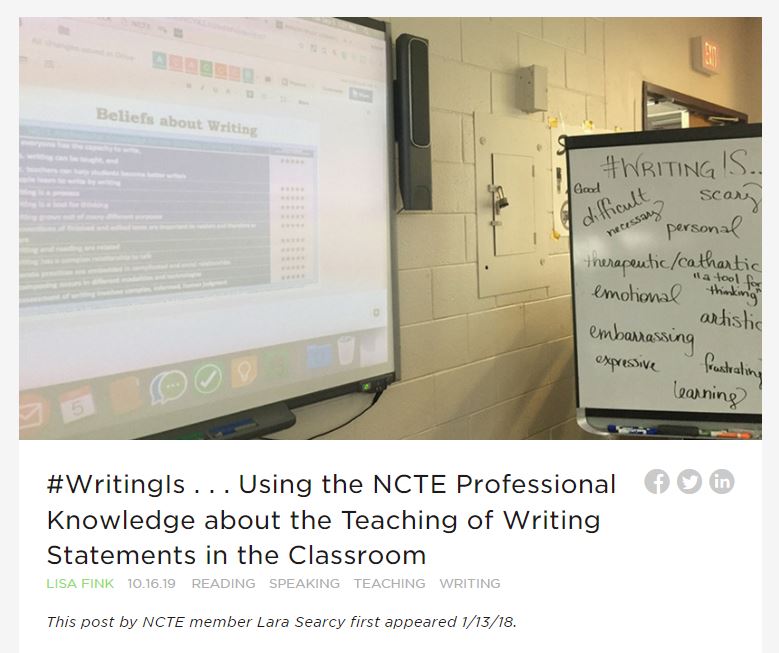
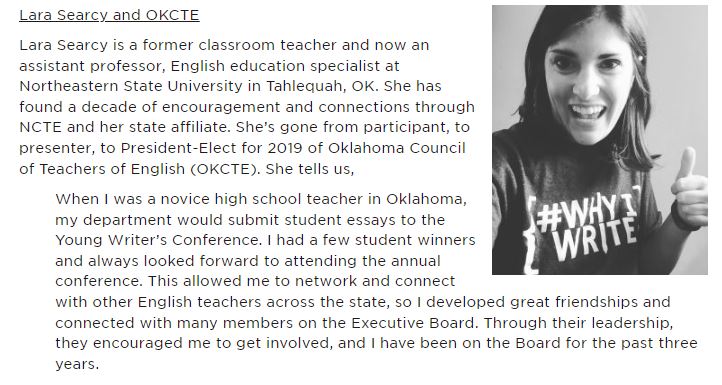
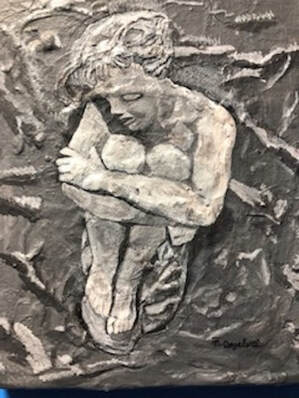

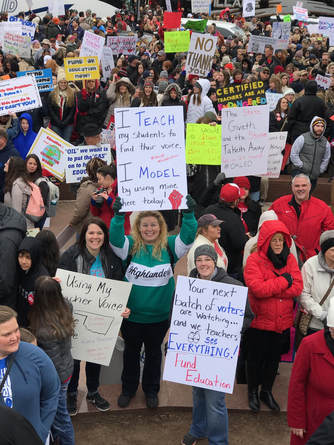
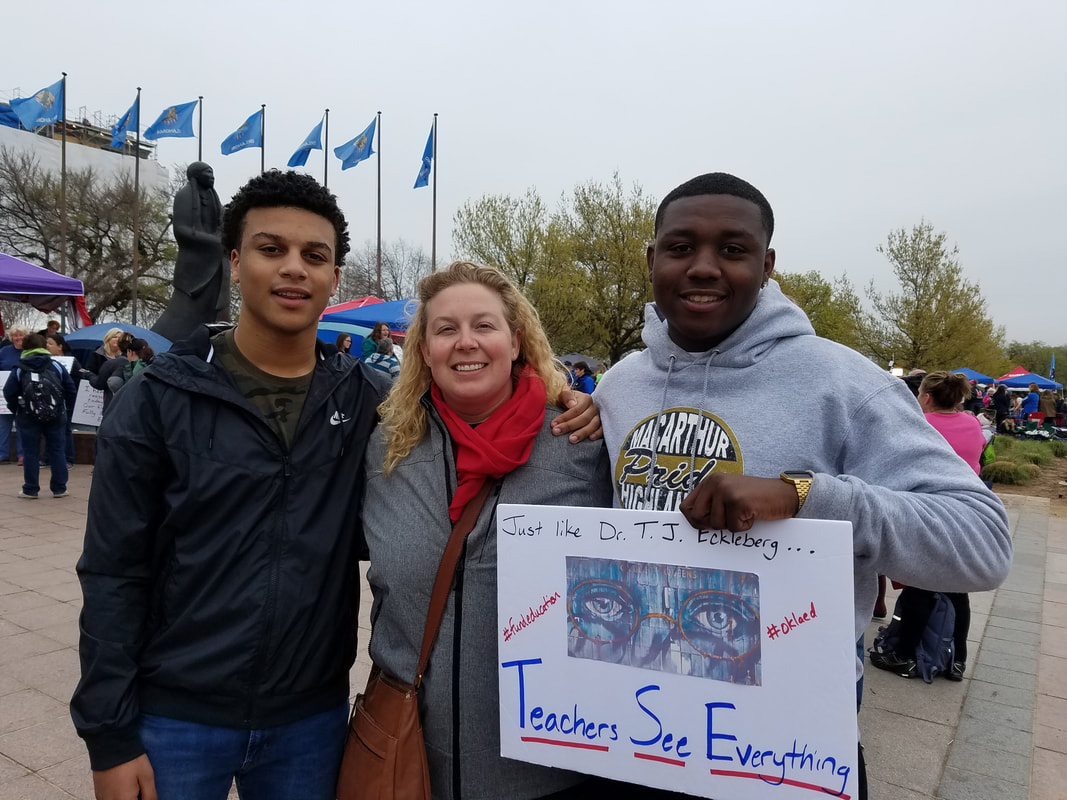

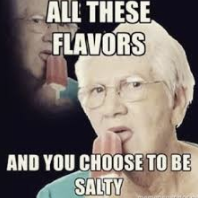
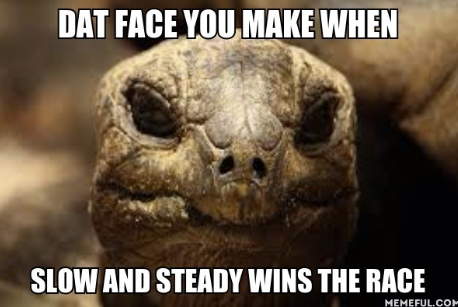
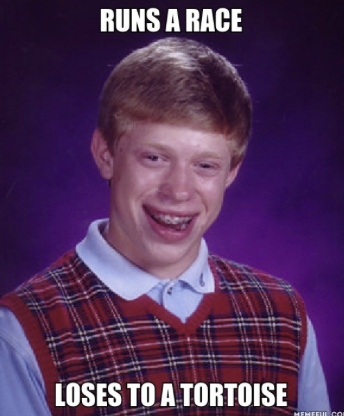
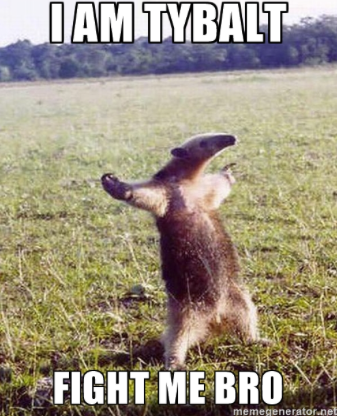


 RSS Feed
RSS Feed
